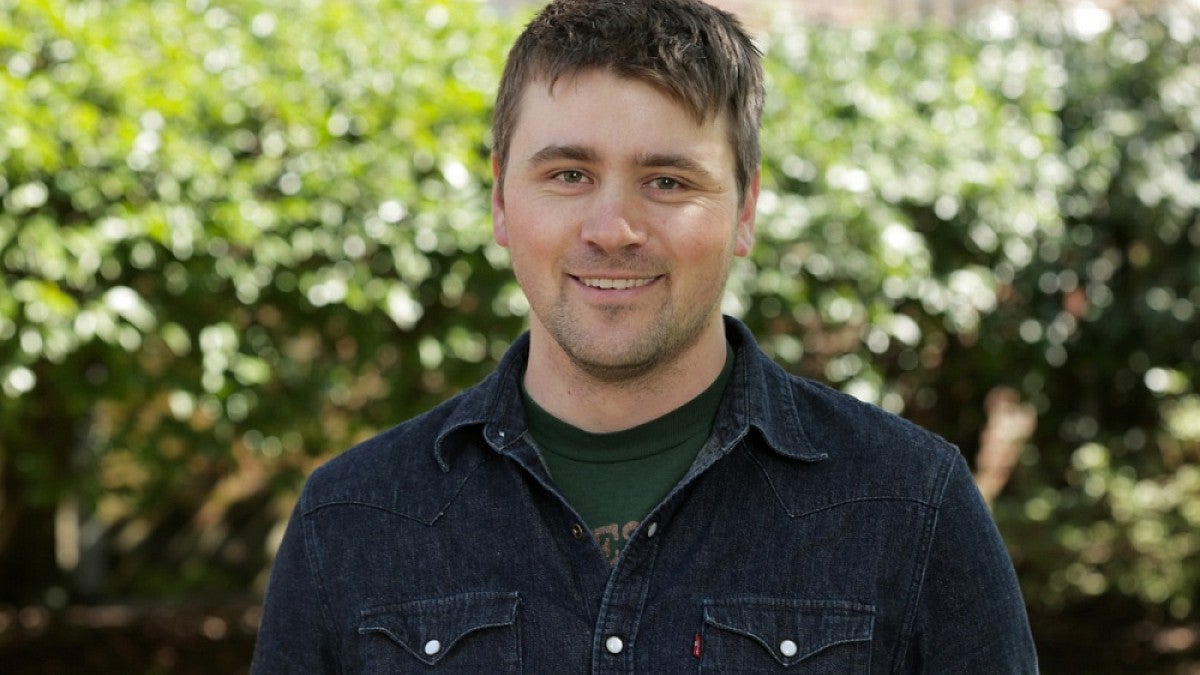Summer erosion driven by flowing meltwater from atop Greenland's ice sheet toward the sea creates landscapes similar to drainage basins carved on land by the Willamette and McKenzie rivers, says UO geologist Leif Karlstrom.
The finding, published in a paper in Geophysical Research Letters, came as a surprise, he said. That's because on ice the formation of drainage basins is done with meltwater alone, while on land rivers erode the landscape by pushing and plucking sediment as they flow, cutting down as the land surface uplifts due to tectonic activity.
The discovery also carries deeper meaning.
The approach used to study the ice sheet should help broaden scientific understanding of melt rates and improve projections about glacial response to climate change, said Karlstrom, an assistant professor in the Department of Geological Sciences.
Audio (transcripts):
Karlstrom on a new technique to study glacial melting, 31 seconds
Karlstrom on the similarities between landscape evolution on ice and land, 35 seconds
RELATED LINKS
"How fast is the ice sheet melting, and how much the melt will contribute to rising sea levels are important questions," he said. "It is important to quantify the melt rate, but that is not easy. Our study allows us to use geometric characteristics of the channel network — their patterns on the landscape — as a diagnostic tool."
Projections on sea-level rise, such as those done with remote sensing or satellite observations, he said, are problematic because melt rates vary each year, based on such factors as summer temperatures and elevations across the ice sheet.
In the study, Karlstrom and Kang Yang of the University of California, Los Angeles, analyzed high-resolution satellite imagery from NASA digital elevation models. The images let them see slopes of the ice sheet and underlying bedrock. They focused on stream channels at four levels of the ice sheet, from 1,000 meters (3,280 feet) to 1,600 meters (5,249 feet), of southwest Greenland.
"It's lower elevations at the margins of the ice sheet that experience the most melt," Karlstrom said. River erosion stops each year when freezing temperatures return. Frozen channels from previous years remain visible, providing a yearly history of erosion patterns much like tree rings reflect age, he said.
Geologists who study geomorphology — how landscapes form — such as the UO's Joshua Roering, who was consulted on the study, now have a virtual real-time model to test theories of landscape evolution, Karlstrom said. River erosion on land occurs over millions of years, but streams on the ice sheet carve their routes much more rapidly. (See "Related Links" for more on Roering's work.)
— By Jim Barlow, University Communications


